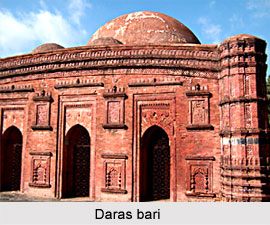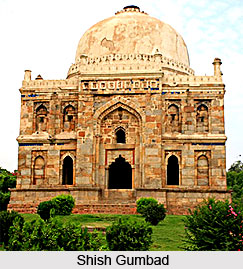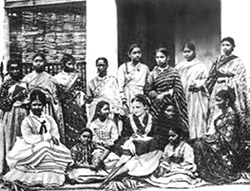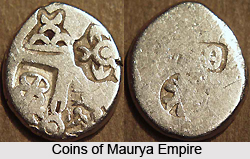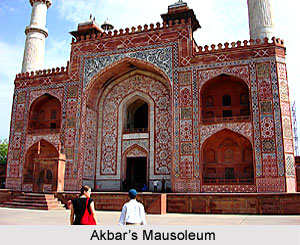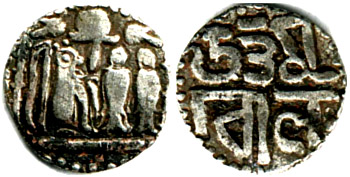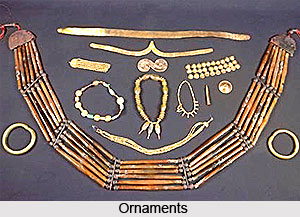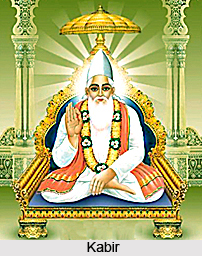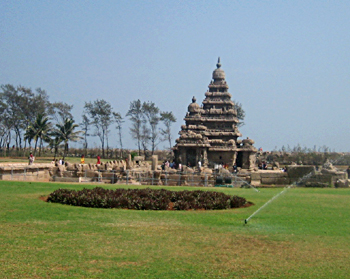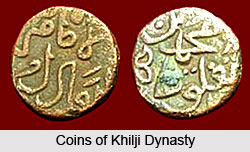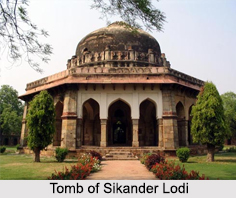 Located in the Lodi Gardens in Delhi, the tomb of Sikander Lodi was built by his son, Ibrahim Lodi. The construction of the tomb was started in 1517 and ended in 1518. The village, where the monument stands was earlier called Khairpur. Currently, the tomb is under the administration of the Archaeological Survey of India and the New Delhi Municipal Council.
Located in the Lodi Gardens in Delhi, the tomb of Sikander Lodi was built by his son, Ibrahim Lodi. The construction of the tomb was started in 1517 and ended in 1518. The village, where the monument stands was earlier called Khairpur. Currently, the tomb is under the administration of the Archaeological Survey of India and the New Delhi Municipal Council.
History of Tomb of Sikander Lodi
Born as Nizam Khan, the son of Bahlul Lodi, Sikander Lodi was the Sultan of Delhi between 1489 and 1517. Upon Sikandar Lodi`s death in 1517 CE, his son Ibrahim Lodi built the tomb. The Tomb of Sikandar Lodi was partially inspired by the tomb of the Sayyid dynasty ruler, Muhammad Shah which is also situated in the Lodhi Gardens.
Architecture of Tomb of Sikander Lodi
The architectural style of the tomb of Sikander Lodi is in Indo Islamic style and was partly inspired by the tomb of Muhammad Shah. It is the first garden mausoleums in the Indian subcontinent and is the country"s earliest surviving enclosed garden tomb. The tomb is enclosed within a raised fortified complex with two dome shaped umbrellas at the main entrance. It is situated in the middle of a large garden and tall boundary walls. The housing space or the tomb chamber is ringed by a wide veranda with lightly carved pillars placed at measured intervals.
The tomb of Sikander Lodi is octagonal in shape and crowning the head of the mausoleum is a single dome with a lotus finial at the top. The walls of the tomb have foreign inscriptions with Mughal architectural designs. The interior is ornamented with enamelled tiles of various colours. The compound outside has an open air mosque built into the western wall with a paved platform for holy men to offer prayers for the soul of the sultan.
Visiting Information on Tomb of Sikander Lodi
The tomb of Sikander Lodi is visited by devotees and tourists alike. The nearest railway station from the tomb of Sikander Lodi is about 9.3 km and the Indira Gandhi International Airport is at a mere distance of almost 13 km from the site.


